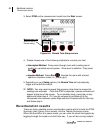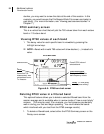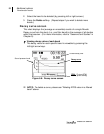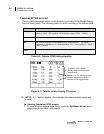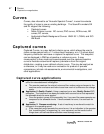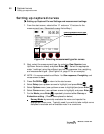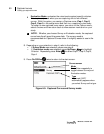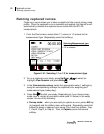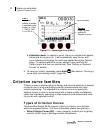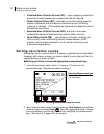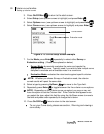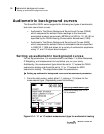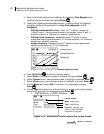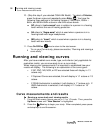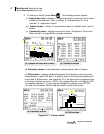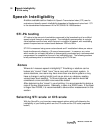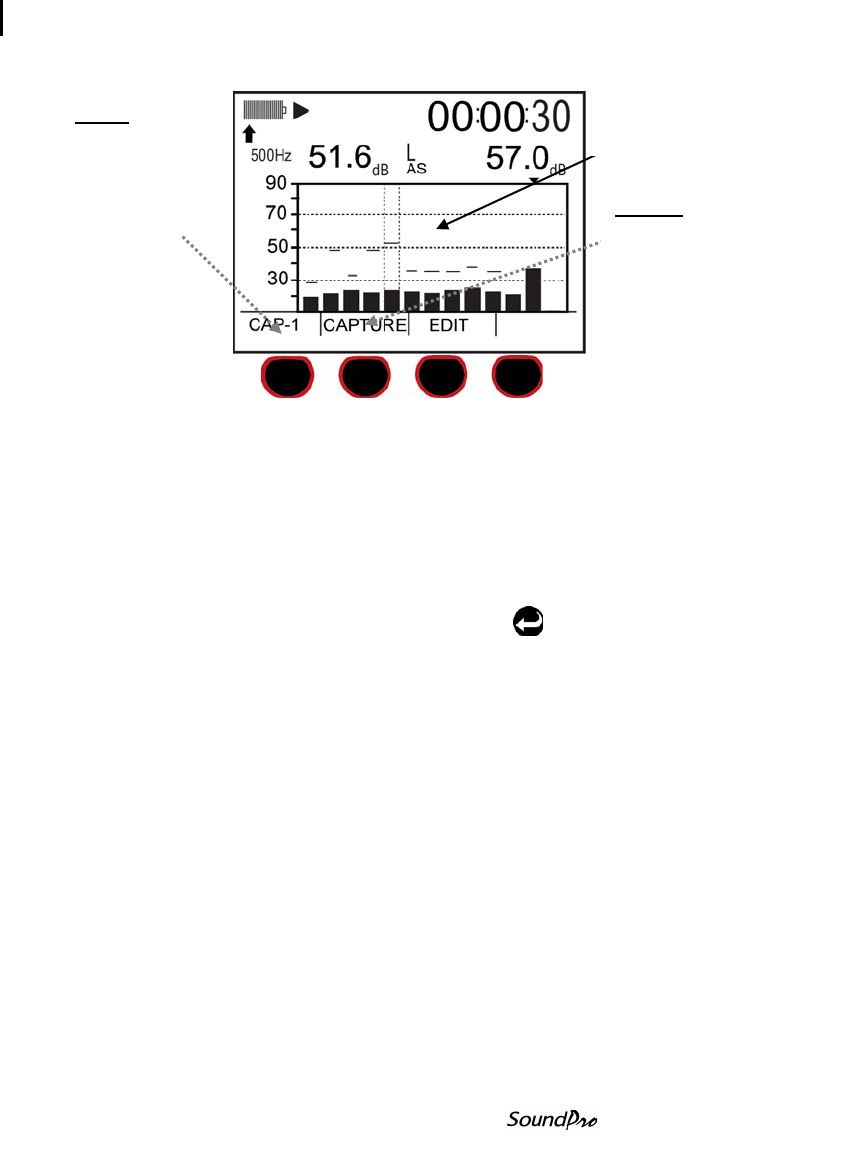
91 Criterion curve families
Types of Criterion Curves
Models SE and DL
Figure 6-11: Capturing a curve (CAP-1)
b. Evaluation mode: to capture a curve, the curve indicators will appear
before and during your run. It will automatically save the run with
curve indicators and assign the name you applied during the Options
setup. To capture additional curves, assign a new name via the
Options menu and then run another test. (See “Setting up Captured
Curves” for details)
5. To view your results, repeatedly press Enter (See section, “Running a
curve study and viewing results”, page 96.)
Criterion curve families
Criterion curves is another option to display and record a selection of spectral
curves for use in room and building acoustic measurements and noise
control engineering. The objective of a criterion curve is to specify the
ambient noise in a room or environment with a single number or statement,
rather than individually specifying multiple octave or third-octave band limits
(as you do with captured curves).
Types of Criterion Curves
The SoundPro Models SE/DL support a family of criterion curve families
which are explained below. (For more information, please see glossary.)
• Noise Criterion Curves (NC) – uses a tangency method and is typically
used for HVAC room or building acoustic comparisons.
CAP-1
Press first
softkey to assign
a captured curve
name (i.e., CAP-
1, CAP-2, CAP-
3, or CAP-4)
Capture
Press Capture
softkey to
Capture a curve.
Curve indicator



